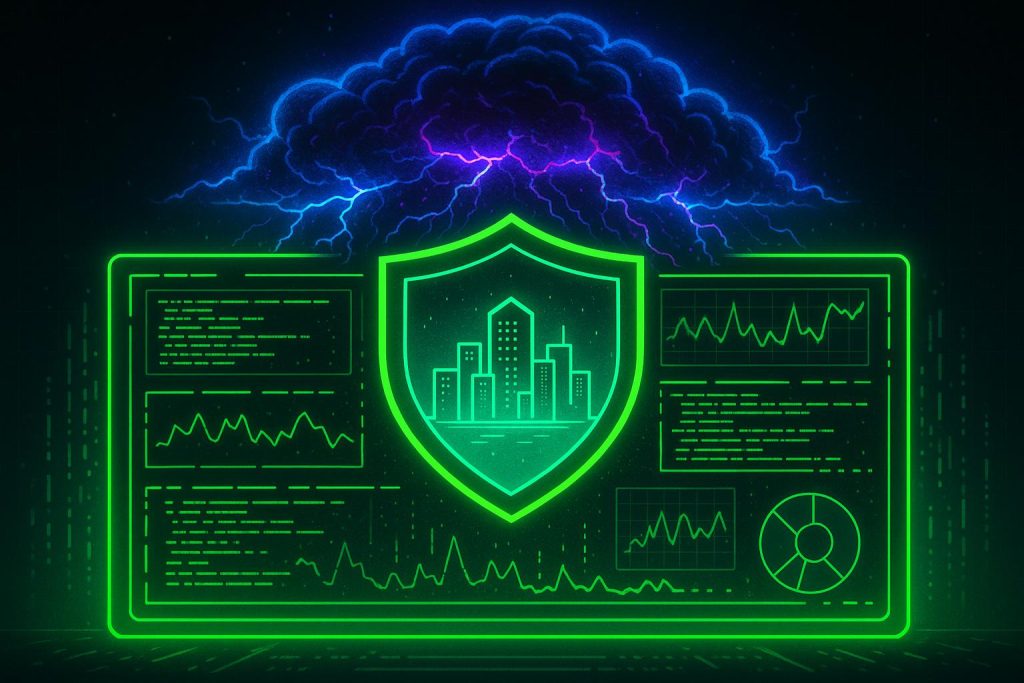Listen to the article
Microsoft unveils a suite of AI-powered cybersecurity tools aimed at shifting from reactive to proactive defence, including enhanced Sentinel platform, Security Copilot Agents, and new automation features to combat increasingly sophisticated cyber threats.
Microsoft is advancing the frontier of cybersecurity with a suite of new artificial intelligence (AI)-powered tools designed to help organisations predict, prevent, and respond to evolving cyber threats more effectively. These developments mark a shift in cybersecurity strategy from reactive defence to proactive prediction and automation, addressing the escalating sophistication of cyberattacks which increasingly exploit AI themselves to identify vulnerabilities.
The company’s new offerings focus on unifying the fragmented cybersecurity landscape many organisations face. By consolidating multiple security data streams—including emails, network activity, and system alerts—into a single platform, Microsoft aims to provide comprehensive visibility and faster threat detection. Central to this approach is the enhanced Microsoft Sentinel, which now includes deeper data integration capabilities and more advanced automation features. This platform equips security teams with a clearer picture of their threat environment and smarter tools for incident management.
Innovating further, Microsoft has launched Security Copilot Agents, AI-driven assistants designed to function as collaborative partners for security professionals. These agents analyse behavioural patterns, correlate diverse data points, and automate routine yet critical tasks such as identifying phishing attempts, managing data security, and handling identity management. By offloading repetitive work, they enable cybersecurity specialists to focus on strategic decision-making and complex problem-solving. This innovation comes amid growing concerns over burnout in cybersecurity roles, where demands often outpace human capacity.
Microsoft’s generative AI solutions extend their impact by seamlessly integrating with the broader Microsoft Security portfolio—including Defender XDR and Intune—as well as with third-party services. This integration allows organisations to automate high-volume security operations while receiving tailored, actionable insights that drive efficiency and ensure adherence to stringent security and compliance standards.
Complementing these technological advances, Microsoft has announced plans to expand the availability of Security Copilot under a new ‘pay-as-you-go’ pricing model. This strategy is intended to lower barriers to adoption and increase accessibility for a wider range of customers. Since its launch, approximately 300 organisations have already leveraged Security Copilot’s capabilities to streamline incident response and vulnerability analysis.
Looking ahead, Microsoft will be introducing 11 new AI agents within the Security Copilot ecosystem, including six developed internally and five from partner companies. These agents will offer enhanced automation and smarter learning capabilities, such as recognising false positive alerts and avoiding the repetition of errors, further lightening the load on cybersecurity teams. Additionally, Microsoft has introduced features enabling the creation of custom security agents through no-code interfaces, empowering users and partners to tailor AI assistance to their specific needs.
By pushing the boundaries of AI integration in cybersecurity, Microsoft is advocating for a smarter, faster, and more preventative cyber defence strategy. While no system can offer perfect prediction, these tools represent a significant step forward in mitigating even the most complex and sophisticated cyber threats, potentially reshaping the way organisations protect their digital assets in an increasingly hostile environment.
📌 Reference Map:
- Paragraph 1 – [1], [2], [6]
- Paragraph 2 – [1], [7]
- Paragraph 3 – [1], [2], [6]
- Paragraph 4 – [3], [4]
- Paragraph 5 – [5]
- Paragraph 6 – [6], [7]
- Paragraph 7 – [1], [2], [3], [6]
Source: Fuse Wire Services


